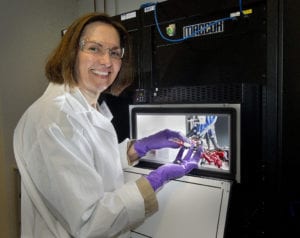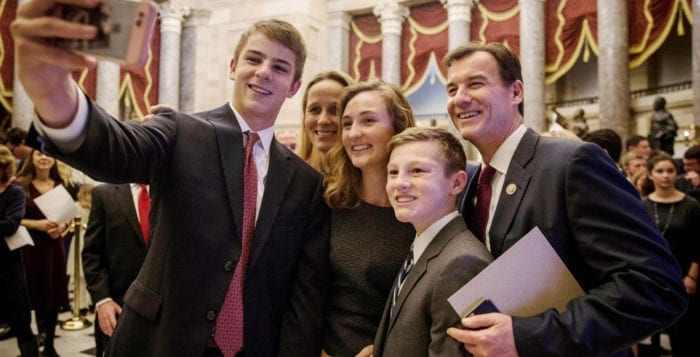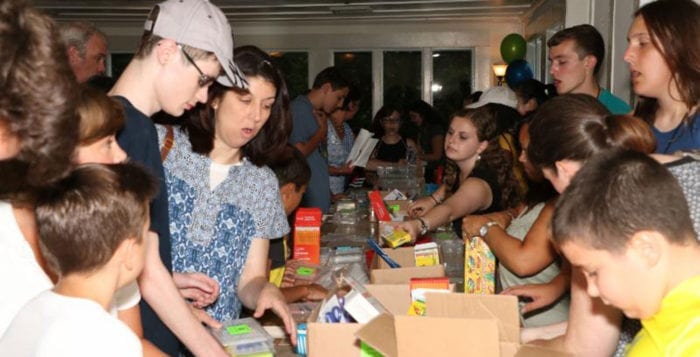By Kevin Redding
Suffolk County Sheriff Vincent DeMarco has sent a clear message to undocumented immigrants who choose to break the law, by announcing the county will no longer need a judge’s order before detaining and holding illegal inmates wanted by federal immigration officials.

The policy reversal, which DeMarco believes will be good “for the country, not just the county,” has taken Suffolk off the list of “sanctuary cities” — regions that protect undocumented immigrants by not prosecuting them solely for violating federal immigration laws in the United States. The county’s removal from the list is something DeMarco has been in favor of for some time.
The sheriff initiated a review of the sanctuary policy alongside county Legislator Tom Cilmi (R-Bay Shore) as soon as the policy was adopted more than a year ago, after concerns that it creates public safety problems by allowing the release of criminal immigrants back to the communities as opposed to letting agents within Immigration and Customs Enforcement, a division of the U.S. Department of Homeland Security, work on deporting them.
Although the announcement has been met with opposition from various immigration advocacy groups like the American Civil Liberties Union, DeMarco said nothing has really changed in regards to how undocumented immigrants in the system are handled. He said this merely narrows in on those who entered the country illegally, have committed and been convicted of crimes and have found themselves in the criminal justice system.
According to DeMarco, “it’s not necessarily a policy change,” because since he became sheriff in 2006, ICE agents have been stationed in the county’s correctional facilities. For the past 10 years they have been putting detainers on inmates eligible for release who were either convicted of felonies, “significant misdemeanors,” three or more misdemeanors not considered significant or pose a threat to national security. The department had free reign to explore and investigate any inmate that came in.
It hadn’t been an issue to hold anyone of federal interest until the involvement of the ACLU in 2014.
DeMarco said he received a letter from the group citing two federal lawsuits stating that holding illegal immigrants solely on detainer without a judicial warrant would lead to an onslaught of lawsuits. In these cases, ICE asked municipalities to hold these inmates for an extra 48 hours after they normally would’ve been released to give the agents time to conduct their investigations and pick them up for potential deportation. The courts ruled this as a violation of the immigrants’ Fourth Amendment rights, to illegal search and seizure, without probable cause or a warrant.
“[DeMarco is] doing exactly the right thing both for the community and for the federal government.”
— Jessica Vaughan
In October, DeMarco had a meeting with the Department of Homeland Security and was advised that ICE had adjusted its detainer and administrative warrant paperwork to include probable cause, which means agents can now hold onto someone for an extra 48 hours without requiring a signed warrant from a judge if they are suspected to have immigrated illegally.
DeMarco said the change isn’t too significant in Suffolk County.
“People are trying to make an issue out of something that’s been going on here for more than 10 years,” he said. “This isn’t a problem for the county because ICE agents are stationed at the jail. In a rural county upstate or out West where there isn’t ICE presence within a certain amount of miles, it makes sense for them to hold them for 48 hours.”
While the reversal comes less than a month before the Trump administration inherits the White House and leads a much-anticipated attack against sanctuary city and immigration policies, DeMarco insists that the shift isn’t political.
“When ICE changed their paperwork, they didn’t know who the president was going to be,” DeMarco said. “They were just addressing concerns found in federal lawsuits.”
According to a representative from the Center for Immigration Studies, an independent not-for-profit that removed Suffolk from its list of sanctuary cities, ICE agents don’t go around patrolling the streets looking for criminal immigrants. Instead, agents depend on local law enforcement, like the sheriff’s office, to keep them in custody so they can be deported — “otherwise they flee.”
“[DeMarco is] doing exactly the right thing both for the community and for the federal government,” CIS director of policy studies, Jessica Vaughan, said. “It was his initiative that resulted in the reversal of the policy. Full cooperation with ICE is going to help Suffolk County with some of the more pressing public safety problems, like the resurgence of MS13 [street gang] activity there.”
Cilmi said this is a step in the right direction.
“There’s no cause for protesting because, from a practical standpoint, nothing has really changed and it has nothing to do with undocumented immigrants who are living here,” he said. “As long as they’re following the law, it doesn’t affect them at all. Those who aren’t will see this is not going to be tolerated.”
He said he suspects that the vast majority of the immigrant population living in the county — documented or undocumented — would be supportive of policies that affect drug dealers and gang members who continue to “wreak havoc” in the areas where they live.
“No one wants crimes in their communities,” he said.


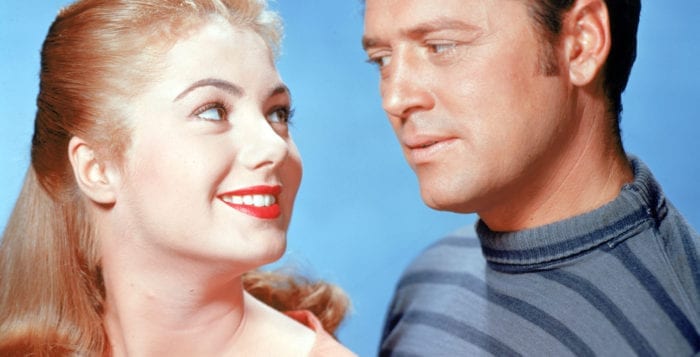



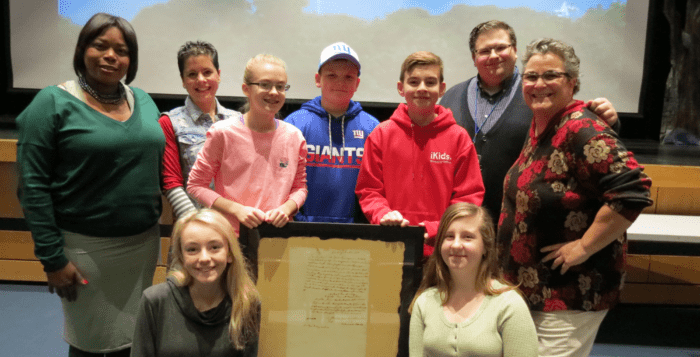

 BOOK SIGNING: Port Jefferson Station native Clinton Kelly will appear at the Book Revue, 313 New York Ave., Huntington on Monday, Jan. 9 at 7 p.m. The Emmy award-winning television co-host of “The Chew” will be signing copies of his new book, “I Hate Everyone, Except You,” a hilariously candid, deliciously snarky collection of essays about his journey from awkward kid to slightly-less-awkward adult. For further information, call 631-271-1442 or visit www.bookrevue.com.
BOOK SIGNING: Port Jefferson Station native Clinton Kelly will appear at the Book Revue, 313 New York Ave., Huntington on Monday, Jan. 9 at 7 p.m. The Emmy award-winning television co-host of “The Chew” will be signing copies of his new book, “I Hate Everyone, Except You,” a hilariously candid, deliciously snarky collection of essays about his journey from awkward kid to slightly-less-awkward adult. For further information, call 631-271-1442 or visit www.bookrevue.com.
